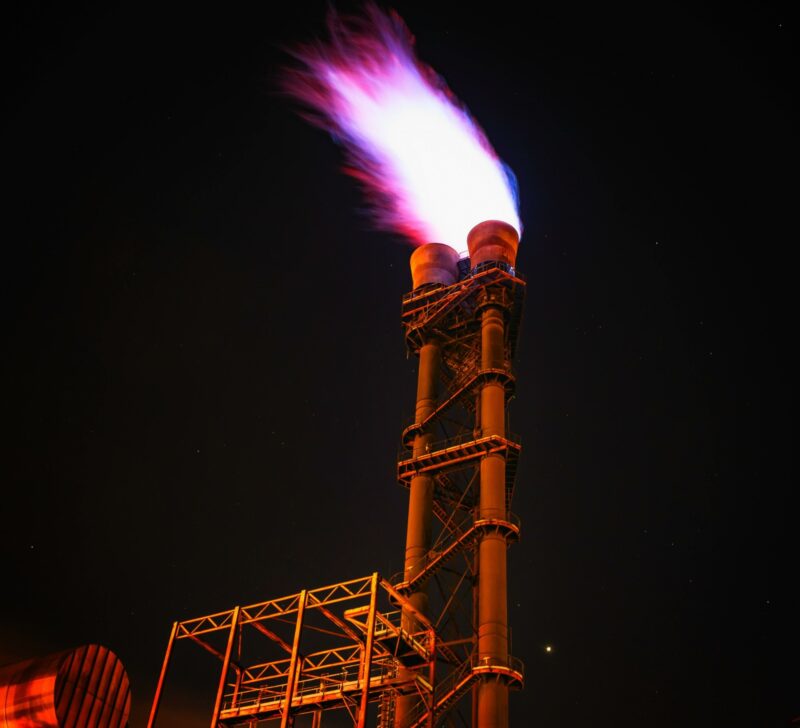The Global Methane Pledge and 1.5°C
Authors
Matthew Gidden, Claire Fyson, Carl-Friedrich Schleussner, Bill Hare
Share

Summary
- 53 countries have signed up to the Global Methane Pledge, committing to cut methane emissions by 30% in 2030 from 2020 levels. In 2019, these countries made up 30% of global methane emissions and around 34% of total global greenhouse gas (GHG) emissions. They also constitute 59% of global GDP. Roughly 25 further countries have reportedly signed up to the pledge, however, this list has not been confirmed. We do know it does not yet include the large methane emitters Russia, China, or Brazil.
- Global IPCC pathways consistent with the Paris Agreement’s 1.5°C limit reduce methane emissions by 34% [25-53%] in 2030 relative to 2020 levels. The Global Methane Pledge is close to, but not fully in line with 1.5°C scenarios.
The impact on the emissions gap
- If all countries committed to, and achieved, the Global Methane Pledge, methane reductions alone would close the 2030 emissions gap by 14%. The emissions gap is the difference between where global greenhouse gas emissions are heading under current pledges and where we would need to be for 1.5°C in 2030.
It is extremely important to recognise that methane and CO2 reductions are interlinked
- Stringent methane emissions reductions are directly linked to deep reductions of CO2 needed by 2030 in 1.5°C compatible pathways. This is because a significant share of methane and CO2 emissions originate from the same source: fossil fuel use. In emission pathways consistent with the Global Methane Pledge, 60% of methane reductions would be achieved by curbing future use of fossil fuels.
- Scenarios aligned with the methane pledge would also see stronger reductions in CO2 than in current climate targets. On average CO2 emissions fall by 37% between 2020 and 2030 in those scenarios, mostly driven by energy-related emissions reductions. Countries could strengthen the credibility of this pledge by demonstrating how they will achieve it by setting stringent emission targets for all greenhouse gases.
- If total GHG emissions reductions were aligned with the ambition implied in the Global Methane Pledge, 50% of the 2030 emissions gap to 1.5°C would be closed. This is because cost-effective methane reductions are a result of cost-effective CO2 reductions.
Cooling from methane reductions is crucial to balance warming from reducing dangerous air pollution
- If fossil fuel use is reduced in line with 1.5°C pathways, the cooling effects of lower levels of methane would balance the warming effects of lower levels of aerosols (also emitted by fossil fuel combustion).
- The claim that methane reductions would cool the planet is not necessarily correct, as they would not take place in isolation. However, reductions will play a critical role if accompanied by rapid CO2 emissions reductions.
The Global Methane Pledge indicates a significant and substantial signal towards stronger mitigation efforts. Its achievement would make an important dent in the total 2030 emissions gap. However, governments need to come forward with equivalent action on CO2, in order to make significant progress towards achieving the Paris Agreement.
If governments implement the level CO2 reductions implied by this pledge through curbing fossil fuel use – then we’d really be getting somewhere.











